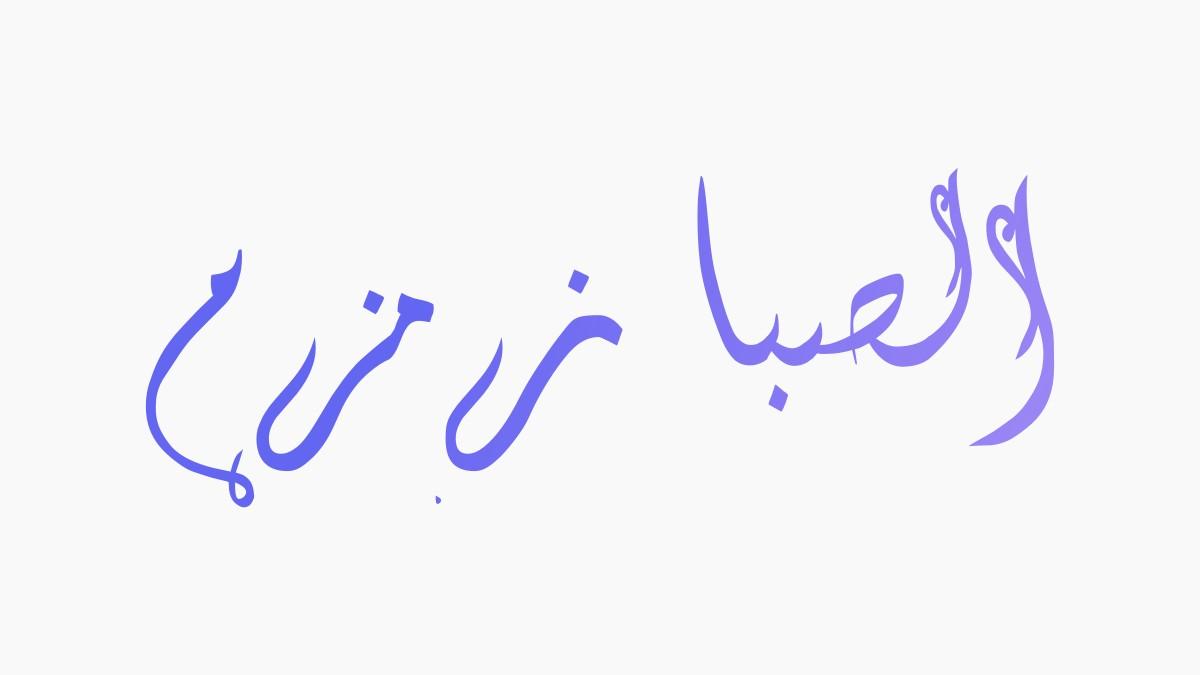
Maqam Saba Zamzam is one of the lesser-known, yet profoundly evocative maqamat in the vast landscape of Arabic music. Its unique structure and emotional depth make it a fascinating topic for anyone interested in the intricacies of Middle Eastern musical traditions.
Introduction
The Arabic musical tradition is rich and diverse, with a complex system of scales known as maqamat (singular: maqam). Each maqam has its own distinctive set of rules, intervals, and characteristic emotional expressions. Maqam Saba Zamzam stands out for its hauntingly poignant sound, designed to evoke feelings of deep melancholy and introspection.
Structural Analysis
Scale Structure
Maqam Saba Zamzam is defined by its unique set of intervals. While it shares similarities with Maqam Saba, it incorporates additional microtonal nuances which give it a distinct character. The scale in terms of Western music intervals looks like this:
- C (Tonic)
- D♭ / C♯ (Lowered Second)
- E♭ (Lowered Third)
- F♯ (Raised Fourth)
- G (Fifth)
- A♭ / G♯ (Lowered Sixth)
- B♭ (Lowered Seventh)
Sayr (Pathway)
Each maqam follows a unique 'pathway' called sayr, which dictates how the notes are approached and how the melody unfolds. In Maqam Saba Zamzam, the sayr typically starts from the tonic and moves in a specific pattern:
- Ascending from the tonic (C), it passes through D♭, E♭, and reaches the high F♯.
- This is followed by descending motions to explore the lower tetrachord.
- The pathway often returns to dwell on the tonic, emphasizing the melancholic nature.
Tetrachords
Maqam Saba Zamzam can be divided into its lower and upper tetrachords for easier analysis.
- Lower Tetrachord (C, D♭, E♭, F♯): This is the primary tetra-chord and holds the essence of the maqam.
- Upper Tetrachord (G, A♭, B♭, C): While important, it serves a complementary role to the emotional impact carried by the lower tetrachord.
Emotional Expression
Maqam Saba Zamzam is profoundly expressive. Its intervals create a sense of yearning and sorrow. Often used in vocal compositions, it conveys a deep sense of introspective melancholy. This maqam is well-suited for themes of longing, loss, and spiritual reflection.
Usage in Compositions
Maqam Saba Zamzam, though not as frequently used as some other maqamat, has found its place in several classical pieces and folk traditions. It holds a special place in the hearts of those who cherish the subtler and deeper aspects of Arabic music.
Example Pieces
- "Yalli Zoubi' Tchaouwi la' Djalack" - A traditional piece that beautifully explores the maqam.
- "Madih Nabawi" - Often used in religious and spiritual chants due to its reflective quality.
Performance Techniques
Musicians who perform Maqam Saba Zamzam often employ various techniques to fully capture its essence. For instance:
- Microtonal inflections: Slight modifications of pitch to emphasize emotional nuances.
- Ornamentation: Grace notes, trills, and other embellishments to enhance expressiveness.
- Modal Modulation: Seamless transitions to and from related maqamat to achieve a broader emotional palette.
Conclusion
Maqam Saba Zamzam is a maqam that delves deep into the emotional spectrum of Arabic music. Its unique scale and characteristic expression make it a captivating subject for performers and listeners alike. Whether you're a musician looking to expand your repertoire or a listener eager to explore the depths of Arabic musical tradition, Maqam Saba Zamzam offers a rich and rewarding experience.
Feel free to dive deeper into this maqam by exploring performances and learning from seasoned musicians. The world of Arabic music is vast and filled with endless opportunities for emotional and intellectual enrichment.